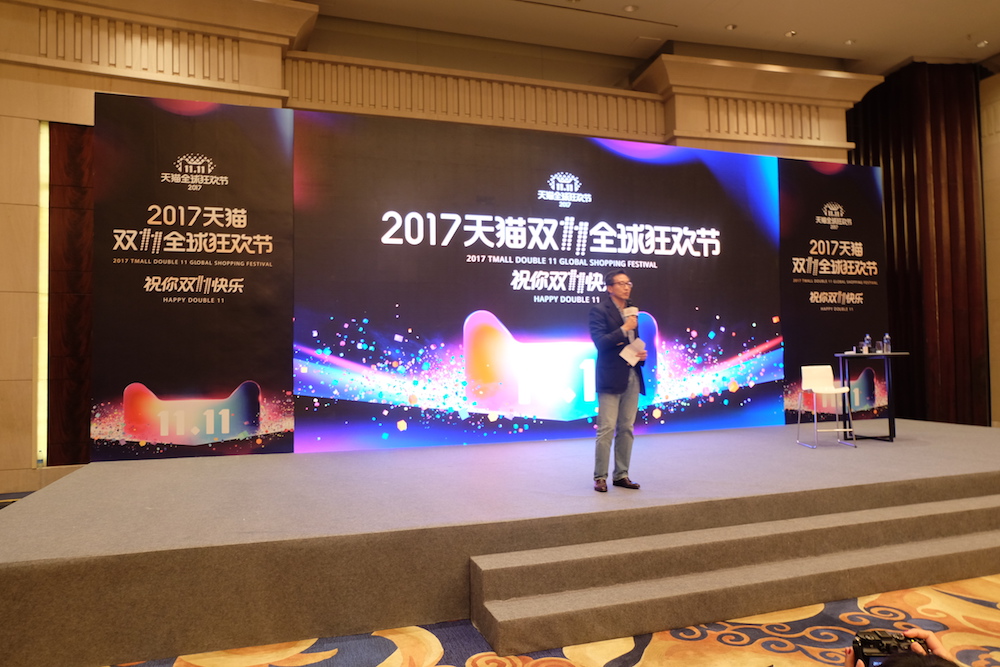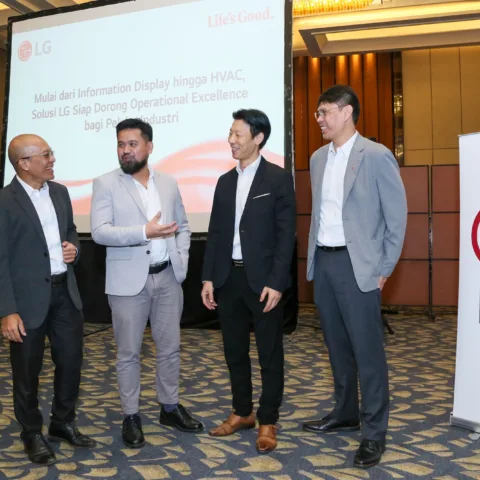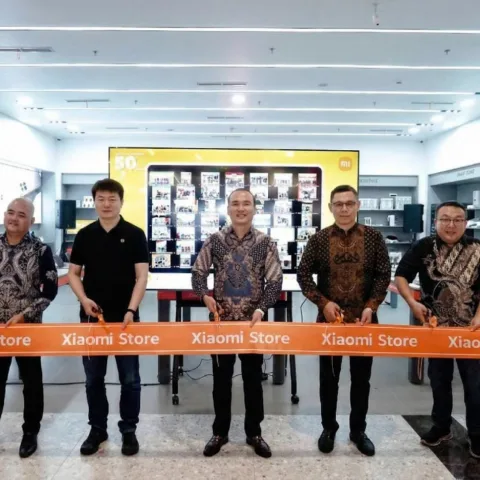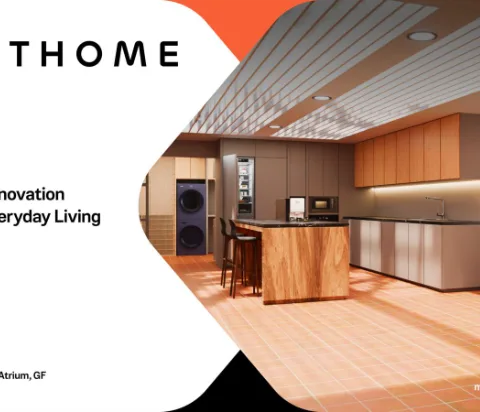Contrary to the previous years that focused on record-breaking Gross Merchandise Value (GMV), the giant e-commerce Alibaba has a different approach to measuring the success of the world’s largest 24-hour 11.11 shopping show in 2017. This can be a guidance for local e-commerce activists who have managed the country’s shopping party theme for 11.11 and 12.12.
DailySocial with several other media outlets get a chance to experience the euphoria of Alibaba’s 11.11 this year directly in Shanghai, China. Tmall, the B2C marketplace platform, became Alibaba’s leading platform for shopping party. It was mentioned this year that there are 140 thousand participated brands. Total GMV recorded by Alibaba last year has reached $17.8 billion a day (more than 240 trillion rupiah).
In front of the media, Alibaba Co-Founder and Vice Chairman Joe Tsai revealed, discount is just a method [to increase sales]. Nevertheless, he revealed Alibaba focus for this year’s 11.11 is also about innovative ideas and entertainment elements. Innovative ideas include the use of the “New Retail” scheme that became the company’s new feature.
Tsai continued, GMV is no longer the only important metric at this 11.11 party. In his opinion, another important number is how many people following this 24 hour event, how many orders can be sent, and how many transactions can be handled per second. The last factor is to show the robustness of Alibaba’s system.
Defining “New Retail”
In China, the comparison between offline and online retail schemes is 82% and 18%. The 18% rate is certainly bigger compared to the penetration of e-commerce sectors in other countries, but Alibaba sees far greater potential by combining offline retail, technology, and infrastructure.
Hema, which literally means hippo in Chinese, is the future offline retail prototype to become the embodiment of Alibaba’s vision for the past 2 years.

Judging by its cover, Hema looks like an ordinary supermarket. Different new experiences will be felt by entering. Using the Hema app, we can feel how online and offline habits combined.
Consumers can buy goods directly, then paid independently using Alipay, or they prefer the goods to be delivered by courier to their house. The last method is similar to the several ones applied in Indonesia by HappyFresh and Honestbee.
No delivery fee required, no minimum value for each transaction, and maximum radius reached is 3 km. The goods claimed to be able to deliver within 30 minutes.
Alibaba representative said, Hema was developed not to compete with existing brick and mortar businesses. Hema is mentioned to be the prototype of how the offline retail industry is combined with infrastructure and technology. This concept is expected to be adopted by the partners in order to create a better omnichannel experience.
In creating Hema, Alibaba “cuts” the middle man so that the value of the offered goods is claimed to be 10% cheaper than the traditional market.
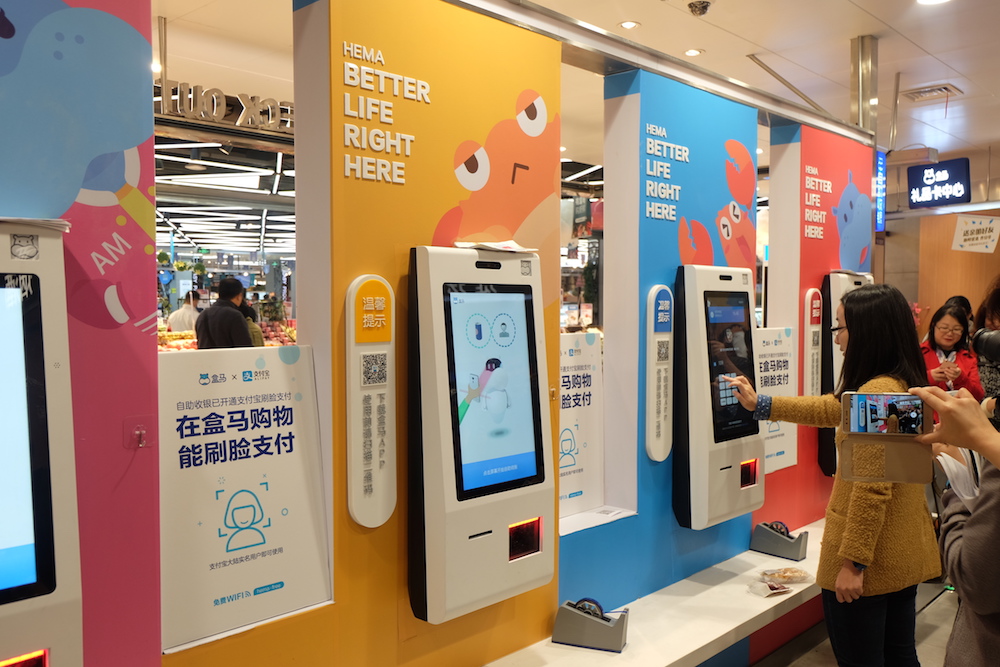
The payment method is interesting. Using standalone cash register, there are 2 types of payment methods after scanning the barcode. The first is using QR code which will be paid later using mobile payment platform Alipay. This is the most common payment method.
The second is using face recognition technology. This method can only be used by Chinese citizens. By entering a phone number, data population in Alibaba database will check the buyer’s validity using face recognition technology. The data then will be linked to Alipay account.
Beside Hema, in several pop up stores Alibaba provides showcase on how technology can improve the experience of people shopping online.
The magic mirror concept, which implements augmented reality concept, helps consumers to stick the lippen without having to use them directly. There is also vending machine that has a touch screen menu to shop online.
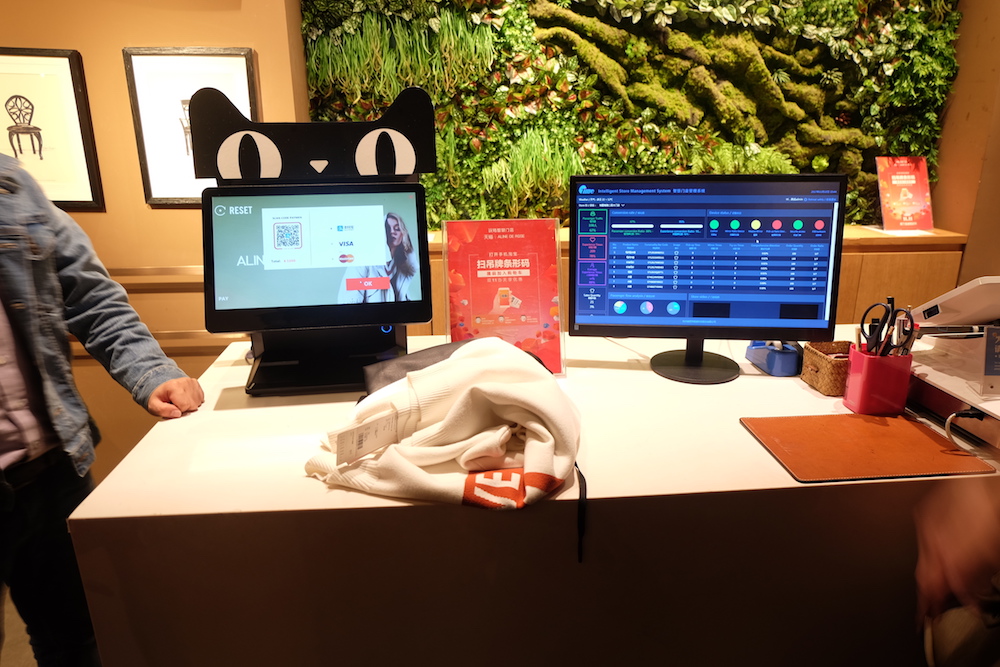
The last is RFID technology utilization which will display the online catalog of the product if applied to a barcode. The same technology will also be developed so that the items placed on a readable RFID surface will be read automatically in the checkout POS without having to manually check the goods barcode.
In Joe’s opinion, currently there is no difference between the purchase online and offline. Sometimes people browse the goods online, then buy offline, or vice versa. The concept of omnichannel experience like this should be the future of the retail industry.
–
The original article is in Indonesian, translated by Kristin Siagian

